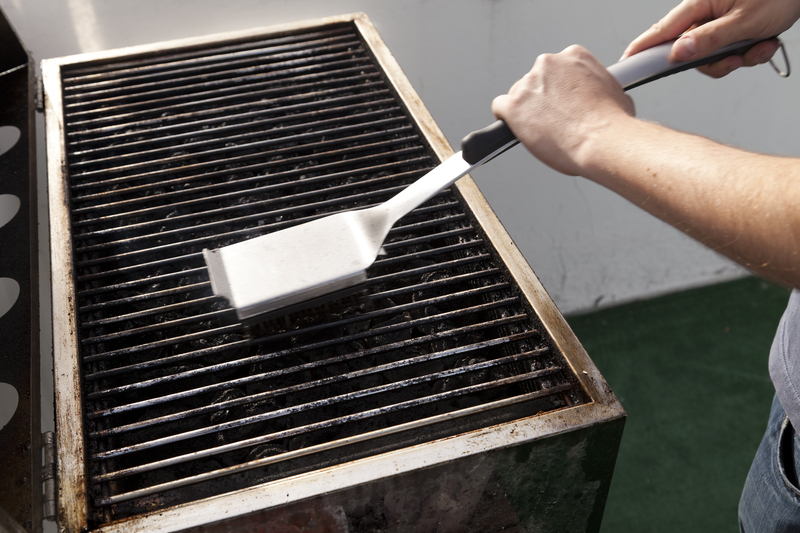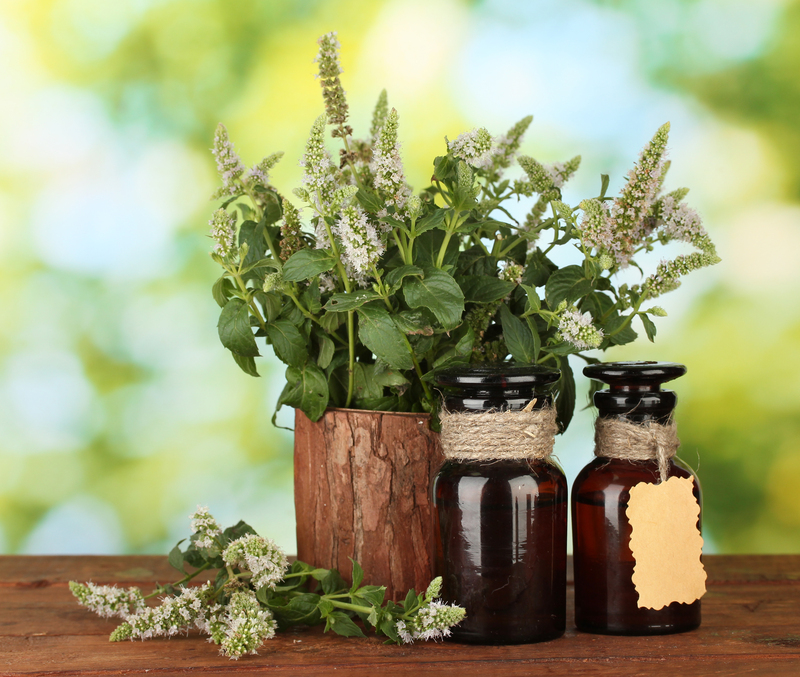Covering Bleach Stains on Fabrics
Posted on 16/08/2025
Covering Bleach Stains on Fabrics
Bleach stains on fabrics can be a frustrating problem, especially when they appear on your favorite clothing items or home textiles. Fortunately, there are several effective methods to cover and remedy these unwanted spots. In this article, we'll explore why bleach stains occur, various techniques to cover them up, and tips for preventing future stains.

Understanding Bleach Stains
Bleach works by breaking down the pigment in fabric, essentially removing the color and leaving behind a lighter or white spot. Unlike other stains, bleach stains are irreversible because the dye has been removed, not simply altered or discolored. This makes covering bleach stains a bit more challenging, but absolutely doable.
Techniques to Cover Bleach Stains
1. Fabric Dye
Using fabric dye is one of the most effective ways to cover bleach stains. Here's how to go about it:
- Choose a fabric dye that matches your fabric's color. If the fabric is multicolored, select the dye color that matches the primary color.
- Follow the instructions on the dye packaging, which typically involve dissolving the dye in hot water and soaking the fabric.
- Rinse and dry the fabric as instructed to set the dye.
2. Fabric Markers
Fabric markers offer a quick and easy solution for smaller bleach stains.
- Select fabric markers in the color that best matches your fabric.
- Color in the bleach stain, ensuring even coverage.
- Allow the fabric to dry completely before using or washing it again.
3. Patches and Appliques
If the stain is large or on a prominent garment, covering it with patches or appliques can be both fashionable and effective.
- Choose a patch or appliqu? that complements your fabric.
- Sew or iron it over the bleach stain according to the instructions.
4. Clothing Paint
Clothing paint can be a great option for creative solutions.
- Pick a fabric paint that matches your fabric color or use multiple colors for a decorative effect.
- Apply the paint using a brush or stencil, covering the bleach stain completely.
- Allow the paint to dry as per the manufacturer's instructions.
Prevention Tips
Preventing bleach stains in the first place is always better than having to cover them up. Here are some tips:
- Avoid using bleach on colored fabrics unless it is explicitly labeled as color-safe.
- If you must use bleach, dilute it properly as per the instructions.
- Always test a small, inconspicuous area first to ensure the fabric won't bleach.
- Store bleach separately from your laundry products to prevent accidental spills.
Pros and Cons
Pros
- Cost-effective methods to save your favorite items from being discarded.
- Gives you a chance to get creative with patches, paint, and other cover-ups.
- Most solutions are easy and can be done at home without professional help.
Cons
- Some methods, like fabric dye and paint, require careful color matching and can be time-consuming.
- Patches and appliques may not always suit the style of the garment.
- Bleach stains, once covered, may still impact the fabric's integrity and future color treatments.

Takeaways
- Bleach stains are irreversible but can be effectively covered using simple methods.
- Fabric dye, markers, patches, and paint are popular options for covering bleach stains.
- Preventing bleach stains is easier than dealing with them, so be cautious when using bleach.
Conclusion
Bleach stains can be a real nuisance, but they don't have to mean the end for your favorite fabrics. By using one of the methods mentioned--whether it's fabric dye, markers, patches, or paint--you can give your stained items a new lease on life. Additionally, following preventive measures can spare you from dealing with bleach stains in the future. With a little creativity and effort, you can keep your fabrics looking fresh and stain-free.
Feel free to try these solutions and see which one works best for you!

